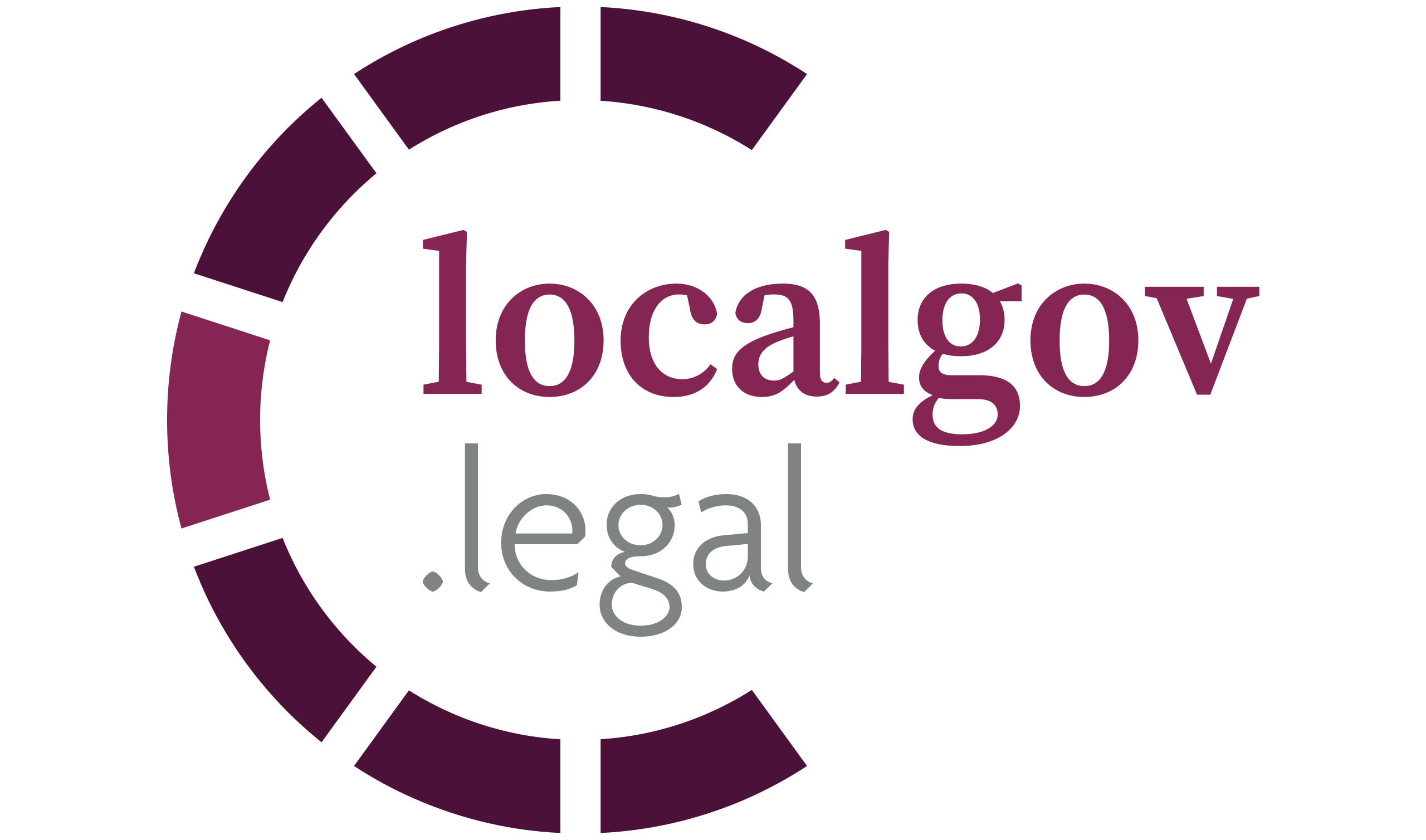
Ian Packham’s final video despatch from East Africa lays bare the devastating impact of clean energy projects greenlit in locations supposedly protected from human development.
‘There is a problem here. This landscape is completely unnatural.’
Standing on the shores of Lake Bui, a humanmade reservoir formed when the namesake river was dammed in 2013, Ian Packham’s last video report from East Africa visualises the incredible and near-indelible impact the actions of people can have on the natural world.
A wildlife reserve spanning more than 700 square miles, Bui is home to a number of endangered species, including the black and white colobus monkey, various types of antelope and a large hippopotamus population, including rare black hippos. The dam, a few miles downstream, led to the flooding or around 25% of this supposedly protected land, decimated habitats and forced the relocation of 1,216 people, and affected the livelihoods of countless more. The hydroelectric facility was developed by the Ghanaian government and Chinese state-owned giant, Sino Hydro.
All land under 180metres above sea level has now disappeared, and as Packham explains, locals talk with dismay about the catastrophic impact this has had on wildlife. Once teeming with animals, the region is now largely devoid of many species that once freely roamed. A bleak reality that lays bare the reason why renewables may be a better alternative to fossil fuelled energy, but these technologies often come with their own set of problems, devastating biodiversity and landscapes in a bid to satisfy our insatiable appetite for electricity.
‘Before the dam and the reservoir, there were animals everywhere – elephants, monkeys were all really easy to come by. Now the national park relies on bringing in tourists to look at the hippos, which even they are thought to be nowhere near the number they used to be,’ Packham explains. ‘Before the dam was completed a university came and did a study of animal populations here, when the dam was completed they weren’t allowed back. That would suggest there are many problems here behind the scenes.’
Watch the full video report above.
More from Ian Packham in Ghana:
Even with conservation sea turtles face an existential threat









